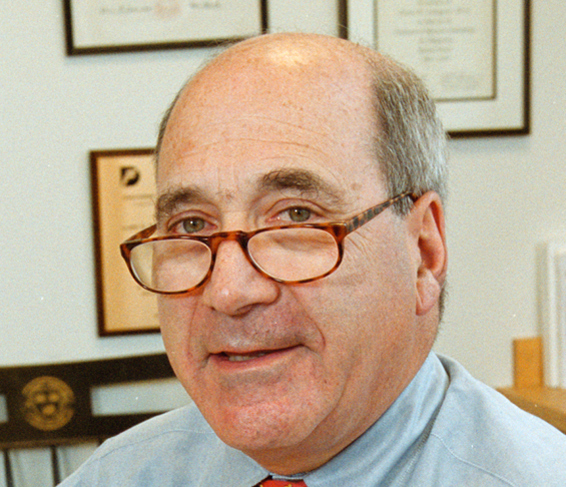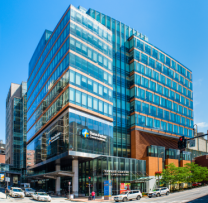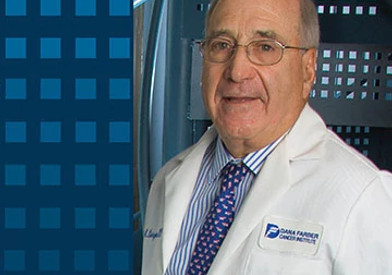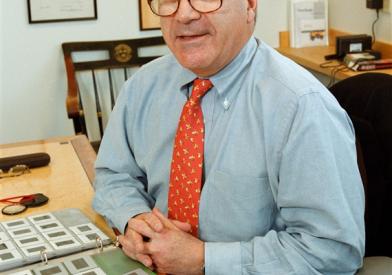
David M. Livingston, MD
Biography
David M. Livingston, MD
David Livingston was the Deputy Director of the Dana-Farber/Harvard Cancer Center; Chief of the Charles A. Dana Division of Human Cancer Genetics, and the Emil Frei Professor of Genetics and Medicine at Harvard Medical School. From 1996 to 2000, he served as Chairman of the Executive Committee for Research at the Dana-Farber Cancer Institute, leading the senior faculty group that oversees all aspects of the Institute's research program. He reassumed that post in 2005. Dr. Livingston was a Harvard faculty member continuously since 1973.
Dr. Livingston received an A.B. cum laude from Harvard College in 1961, an M.D., magna cum laude, from Tufts University School of Medicine in 1965, and served his internship and residency in internal medicine at the Peter Bent Brigham Hospital in Boston (now Brigham and Women's Hospital). In 1967, he became a Research Associate at the National Cancer Institute (NCI) in molecular biology and biochemistry; he continued his work as a Research Fellow in Biological Chemistry at Harvard Medical School in 1969. Dr. Livingston returned to NCI in 1971 as a Senior Staff Fellow where he began his career in cancer research. He was recruited to Dana-Farber (then the Children's Cancer Research Foundation) in 1973.
Dr. Livingston was an internationally recognized expert on genes that regulate cell growth in the body - genes that, when they go awry, can lead to cancer. These genes are called oncogenes and tumor suppressor genes. Through his research, Dr. Livingston uncovered detailed biochemical steps required to initiate and maintain the transformation of these cells into tumor cells. His focus was on the regulatory controls of signal transduction - the smooth and coordinated flow of special chemical signals from the surrounding environment to the cell, where it is transduced into specific commands that tell cells whether or not to grow - and their role in cancer development. In recent years, his work centered on those key molecular steps that trigger the development of breast and ovarian cancer.
Dr. Livingston was the recipient of numerous awards and honors. He was been elected to the Institute of Medicine of the National Academy of Sciences, the National Academy of Sciences, itself, and the American Academy of Arts and Sciences. He sat on multiple editorial boards, the science advisory boards of other research institutions, and was a member of the Association of American Physicians, the American Society for Clinical Investigation, the American Society for Microbiology, and the American Academy of Microbiology. He was also a Foreign Associate of the European Molecular Biology Organization and served as Vice Chair of the Board of the Damon Runyan Cancer Research Foundation. Dr. Livingston authored more than195 scientific publications.
Researcher
Physician
Recent Awards
- Baxter Award for Distinguished Research in the Biomedical Sciences, AAMC 1997
- Lila Gruber Honor Award for Cancer Research, American Academy of Dermatology 2001
- Member, American Academy of Arts and Sciences 2001
- AACR-G.H.A. Clowes Award 2005
- Boveri Award for Molecular Cancer Genetics, German Cancer Society 2005
Locations

Dana-Farber Cancer Institute
450 Brookline Avenue Smith 870 Boston, MA 02215Dana-Farber Cancer Institute



